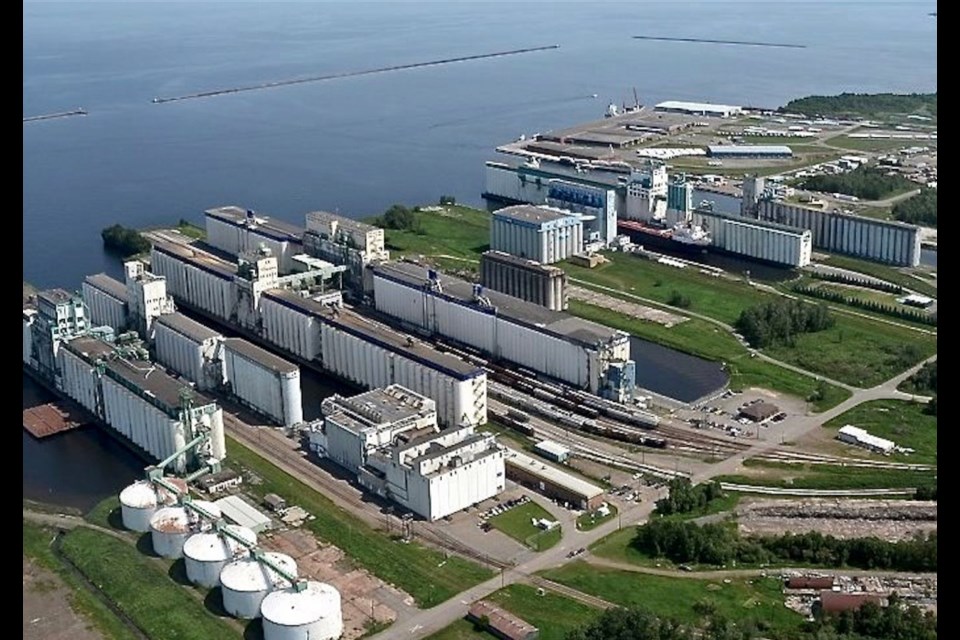THUNDER BAY — The Port of Thunder Bay is in the spotlight as the Chamber of Marine Commerce highlights what it calls a consistent climb in overall performance along the Great Lakes-Seaway shipping corridor this year.
In a report issued Tuesday, the chamber said grain shipments through the Seaway from Western Canada were up almost 26 per cent through the end of July compared with the same time last year.
"The Seaway continues to demonstrate its resilience as an essential transportation corridor. We deliver consistent and reliable service and have the flexibility to support emerging market trends, like high global demand for grain," said Terence Bowles, the CEO of the St. Lawrence Seaway Management Corporation.
According to Tim Heney, CEO of the Thunder Bay Port Authority, grain shipments through the port were up 45 per cent at the end of July compared with a year ago.
"Grain has rebounded quite nicely from last year's numbers. There was a better harvest last season, which led to that, so we're really running now around the five-year average for grain shipments, whereas last year was much lower with the drought in Manitoba. We're seeing improvements this year, and it looks like a better harvest this year as well."
Global demand for grain continues to be influenced by geopolitical factors, including the ongoing war in Ukraine.
Potash exports through Thunder Bay are also strong through the first half of the shipping season — up 20 per cent from last year — as evidenced by the number of saltwater vessels in port.
There were 24 oceangoing boats in July, the highest for that month over the past decade.
"A lot of them are coming for potash, but grain as well. They're running at a fairly high level compared with the averages, and that's one of the highlights so far this season," Heney said.
To date this year, the port has been visited by 195 domestic and foreign vessels, nearly a one-third increase over last year.
Another positive sign was that general cargo shipments through Keefer Terminal were up five per cent compared with last year at the end of July.
"We have inbound fertilizer shipments coming before the end of the year, and we've already had a couple of shipments of pipe, and we're expecting a few more. So it's been a very strong year at Keefer as well. On a repeat basis, too," Heney said. "We have some longer-term contracts now. We're looking at this as a multi-year initiative, particularly with the pipe."
Rail improvements at Keefer Terminal this year will help ensure its ability to handle cargo efficiently and competitively.
Heney said the port authority is about to start work on a major upgrade of its rail yard because it's seeing a lot more rail traffic with cargo such as fertilizer and pipe.
"Some of our track was quite old... original equipment from when the terminal was built in the 1960s. So we're looking to upgrade that to modern standards. It will help with our rail throughput."
The Port of Thunder Bay has the largest grain storage capacity in North America.
According to the most recent available data, more than 900 people work in port-related jobs, and port activity carries an estimated economic impact of about $370 million.
